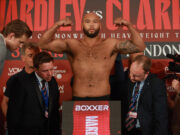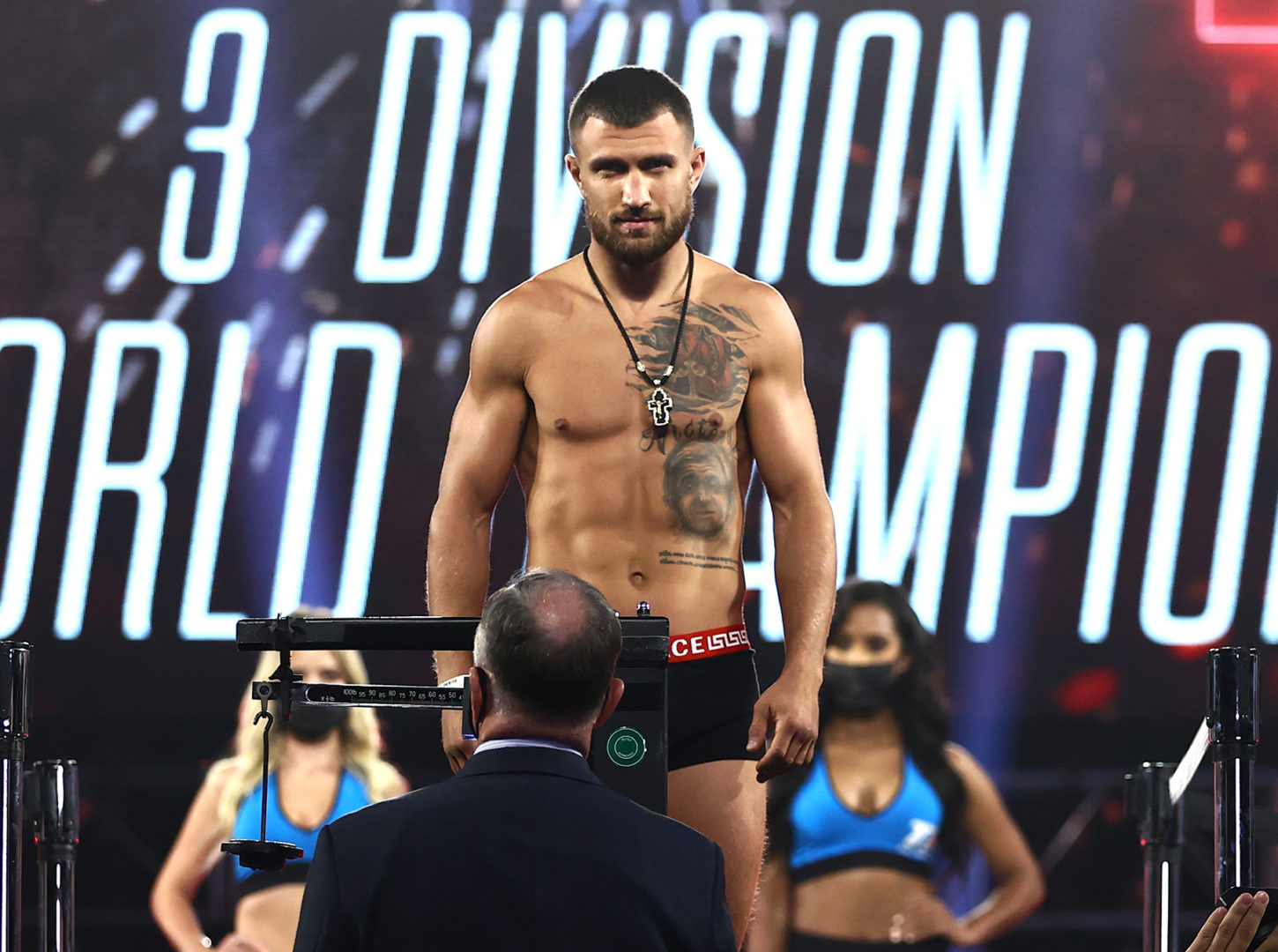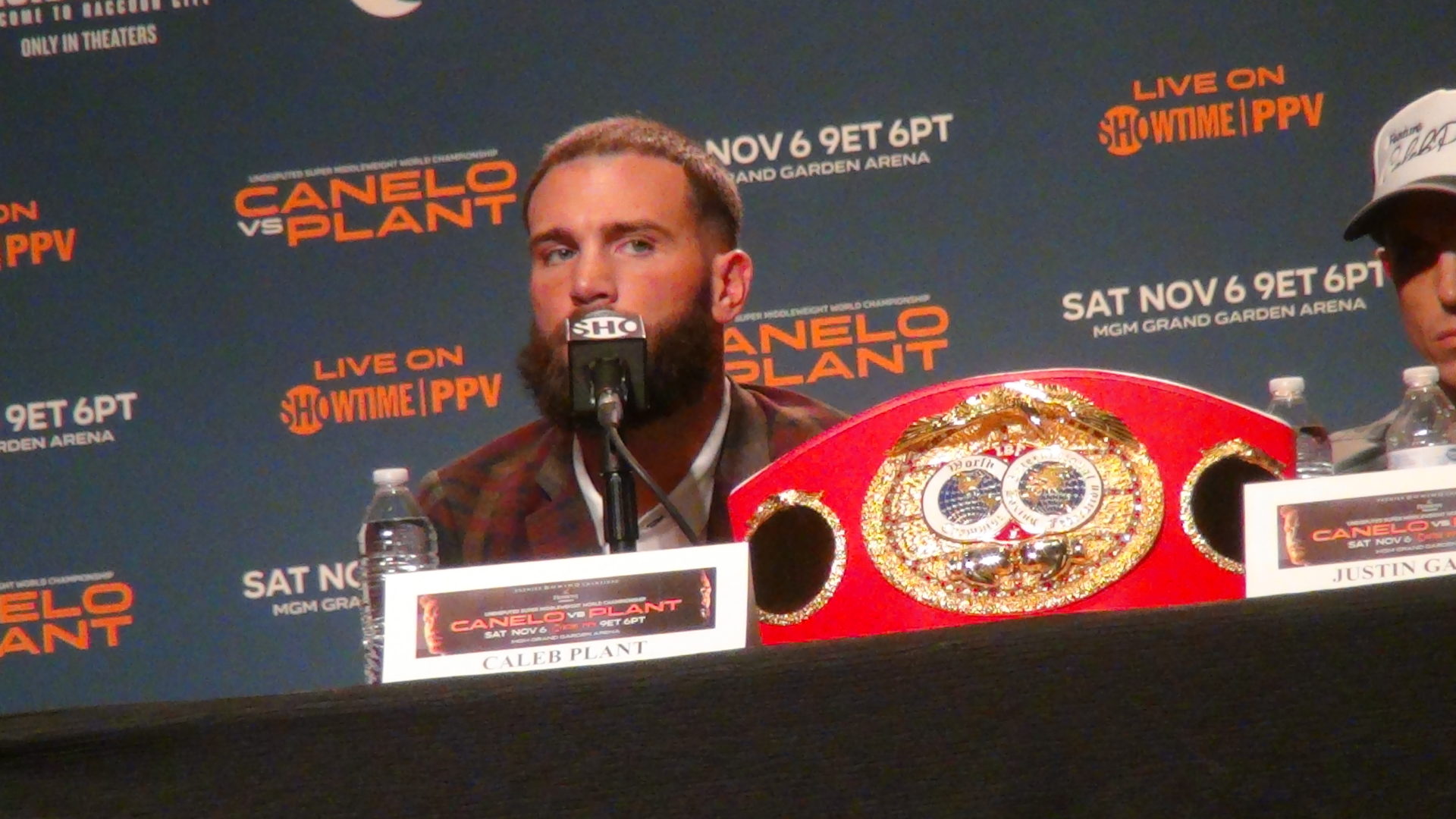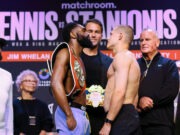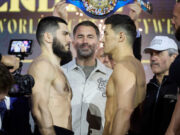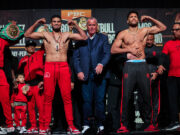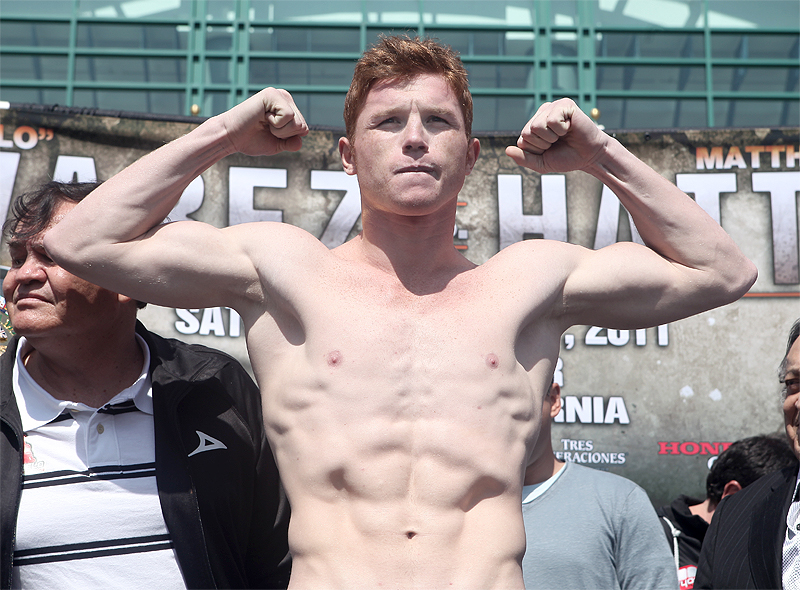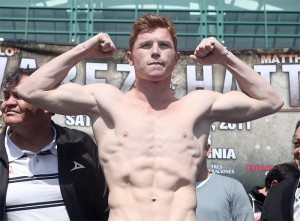
PHOENIX – Kudos to Golden Boy Promotions for canceling the Canelo Alvarez-Floyd Mayweather Jr. stop on a multi-city tour last Tuesday because of the wildfire that killed 19 Arizona fire-fighters in Yarnell, just 85 miles northwest of a downtown theater where Canelo and Mayweather were scheduled to appear.
It was the right move. It would have been inappropriate just one day after 19 bodies were transported – van after white van in a mournful procession — to the Maricopa County Medical Examiner’s Office, also in downtown Phoenix.
The show could have gone on, of course. A big lunch-time crowd – at least a few thousand – was the expectation in a city and state with a rich boxing history, a traditional market, battered and abandoned during the last few years by the immigration controversy attached to SB 1070. But boxing tours have a circus-like tone. It is theater that includes the ritual eye-to-eye, nose-to-nose poses between unblinking boxers. Playful trash-talk, chants, cheers and waving flags dot the well-rehearsed plot like familiar confetti. There’s no room for grief and, on Tuesday, that’s the only thing Phoenix and Arizona could feel.
Golden Boy understood that and quickly acted in a way that said more than words ever could with a donation to the 100 Club’s Survivor Fund. Still, even some of the words struck the right tone. They came from Mayweather, known best for trash talk. This time, Mayweather got it right.
“Our hearts and prayers go out to the families of the people who lost their lives in those fires,” said Mayweather, who about a decade ago trained at Central Boxing a few blocks from the state capitol near downtown Phoenix. “This was a terrible tragedy and everyone needs to support them. Never take anything for granted.”
On a personal note, I recall cards that included moments — unforgettable as they are now poignant — that link Arizona boxing to its firefighters. In the final photo of the 19 fallen walking up a hill toward their final fight, I think of kids in Prescott, home for the 19.
Jake Magallanez, a longtime school administrator in Prescott and current president of Arizona’s amateur association, has three sons, Gabe, Adrien and Julien, who were successful boxers in the early 1990s. They fought fires during the day and as amateurs at night. On a Prescott card in early summer, they arrived at a tiny arena still dressed in fire-fighting gear and their faces covered by ash, soot and cinder.
They would change into trunks, replace the helmet with head-gear, fire-retardant gloves with Everlast and walk toward another fight. For me, their black-streaked faces have always served as a collective portrayal of Arizona boxing. It’s one face, often seen on the bigger stage in Hall of Famer Michael Carbajal and retired featherweight champion Louie Espinoza. The look was tough and defiant, somewhat stoic and always ready to fight anyone, anywhere. And anything.
It’s the stubborn part of that look, perhaps, that says the dormant market can be a modern symbol of that mythic bird for which Phoenix was named. It can come back. That potential is a reason Phoenix was included on the Canelo-Mayweather tour. Phoenix and Arizona continue to be a viable market, said Stephen Espinoza, vice president and general manager of sports for Showtime, which will stage the pay-per-view bout on Sept. 14 at Las Vegas MGM Grand.
It was through Espinoza’s urging that Phoenix be included. Espinoza also said Tuesday night during the tour’s finale in Los Angeles that there’s a chance an event will be re-scheduled for Phoenix sometime between now and Sept. 14. Here’s why: Much of the Canelo-Mayweather promotion has been rooted in what happened in 2007 when Mayweather’s decision over Golden Boy President Oscar De La Hoya. Mayweather-De La Hoya set the pay-per-view record, between 2.4 and 2.5 million sales for a Home Box Office bout. The Phoenix market played a major role. In pay-per-view sales for Mayweather-De La Hoya, Phoenix ranks sixth.
Here’s a list of the top 15 markets, acquired from sources who worked in promoting and televising the bout:
1. – New York
2. – Los Angeles
3. – San Francisco
4. – Philadelphia
5. – Chicago
6. – Phoenix
7. – Boston
8. – Houston
9. – San Diego
10. – Las Vegas
11. – Washington, D.C.
12. – Miami
13. – San Antonio
14. – Atlanta
15. — Dallas
It’s a pound-for-pound list of America’s fight towns. Phoenix wasn’t on the tour. Yet in perhaps an ironic twist, the city’s place on the list gained attention and a renewed appreciation out of a cancellation. Golden Boy did it out of respect for those who died and for a tradition still alive in a state and city known for fighters of every kind.


